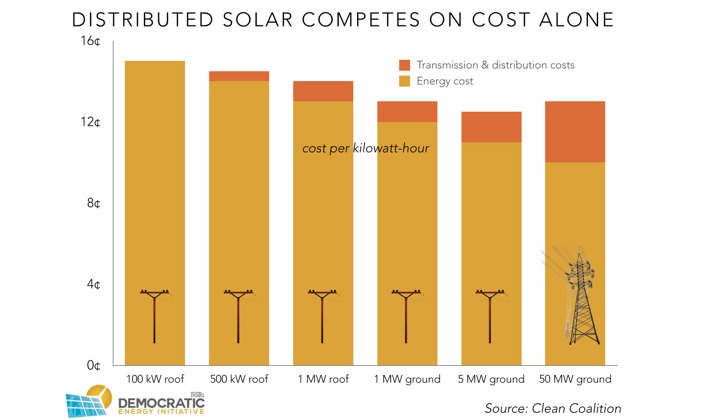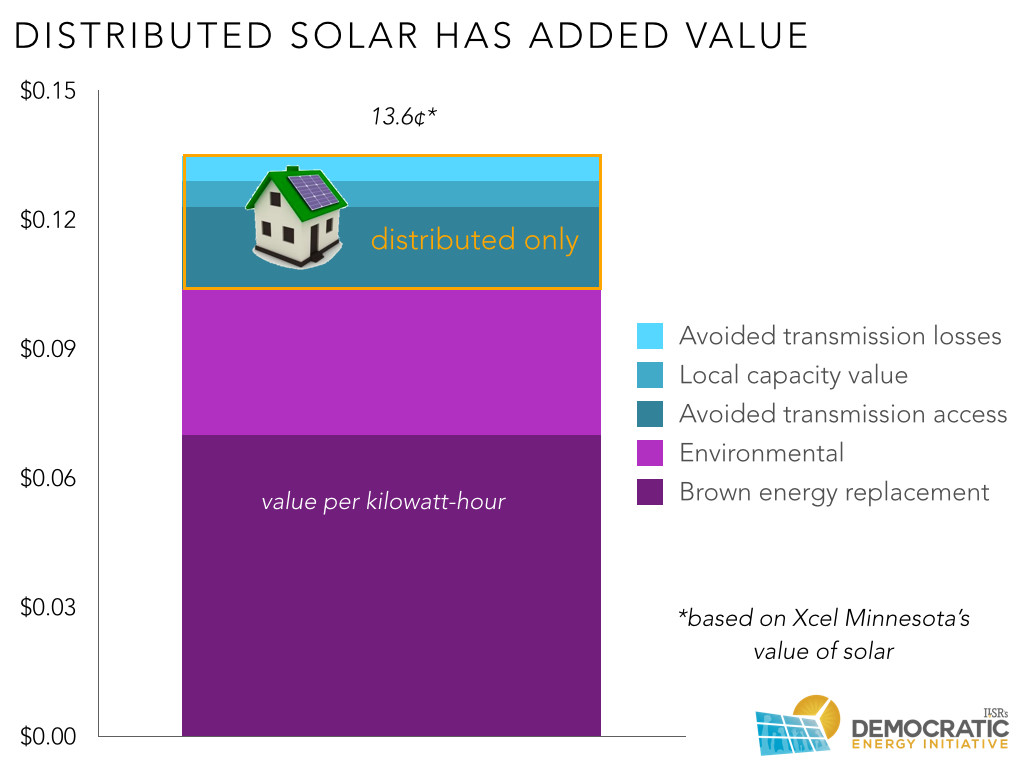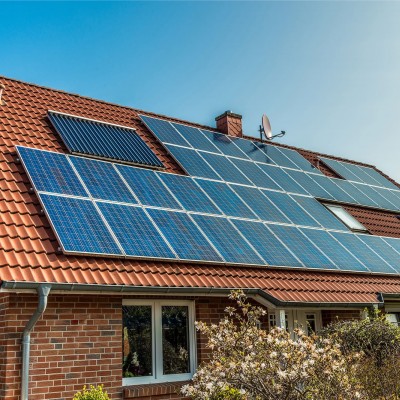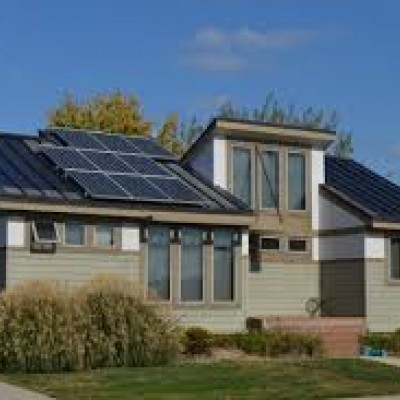Utility Solar May Cost Less, but it is also Worth Less
July 21, 2015

Utility-scale solar and residential solar aren’t comparable on a levelized cost basis, because only one delivers power at the point of use (residential solar).
Utility-scale solar has to get to customers, and that getting requires access to (and often construction of) high-voltage transmission infrastructure that is not only controversial, but expensive. The chart, based on Clean Coalition analysis in 2011, shows that transmission costs for large-scale solar projects can outweigh economies of scale from being big.
Cost can be higher, but value is lower for solar energy from centralized solar arrays. For example, numerous studies on the value of solar energy (and one state law) illustrate the particular grid benefits of distributed solar that utility-scale doesn’t provide, including: reduced line losses, deferred distribution system maintenance, avoided transmission capital expense, and increased resiliency.

Distributed solar also has substantial economic benefits, of interest to electric customers if not their monopoly utilities. For example, a megawatt of solar that is locally owned rather than utility owned means as much as $5.7 million in lifetime economic benefits for a community. And the dramatic rise in residential and commercial rooftop solar arrays suggests electric customers see a clear economic opportunity in generating their own power.
[ILSR]


